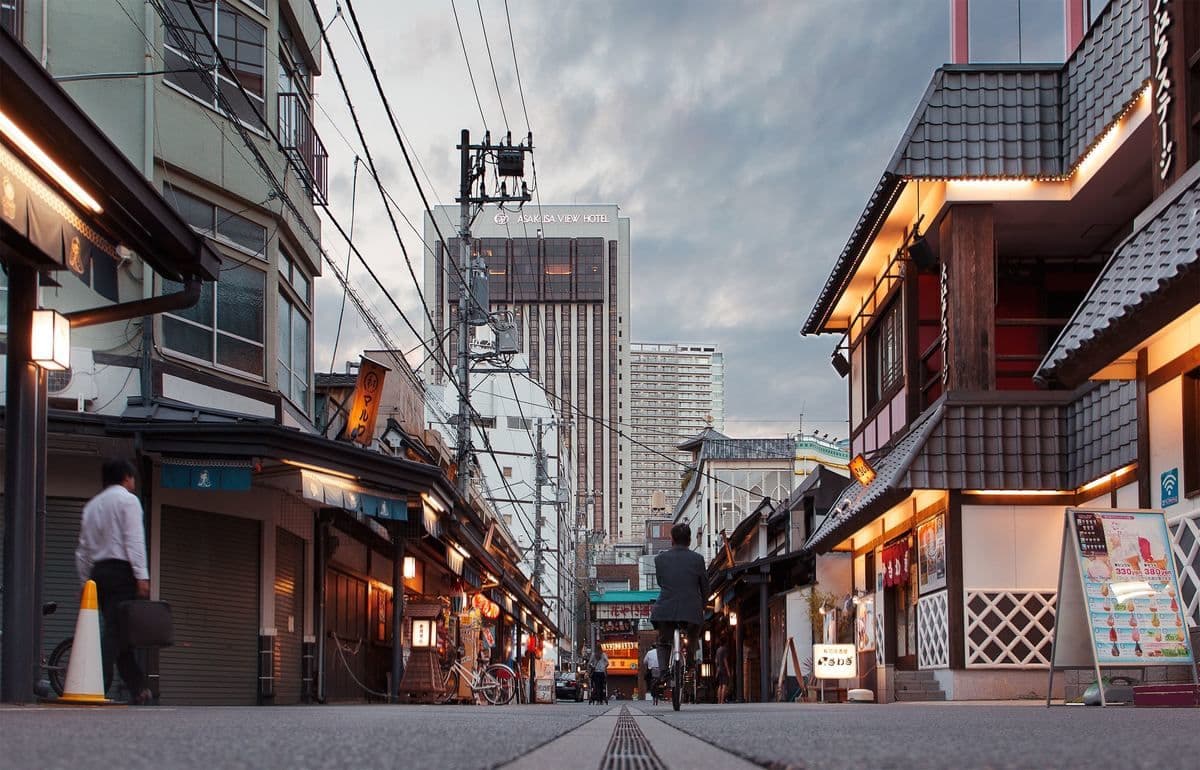When moving to Japan, it is absolutely necessary to open a bank account. You will pay your rent through bank transfer, and if you are working in Japan, you will receive your salary payment through direct deposit to your bank account. In this article, we will explain the basics of a Japanese bank account.
General Deposit Account (Futsu Yokin)
General Savings (Tsujo Chokin)
Time Deposit Account (Teiki Yokin)
Current account (Toka Yokin) - Not really useful if not for a business matter.
Foreign-denominated Currency Deposit (Gaika Yokin)
| Mizuho Bank | https://www.mizuhobank.co.jp/retail/index.html | Personal seal required. Knowledge of Japanese required for the explanation of important matters and choosing optional services. |
| The Bank of Tokyo Mitsubishi- UFJ | http://www.bk.mufg.jp/ | Personal seal required. Basic knowledge of Japanese required, but some English-speaking staff is available at some locations. |
| SMBC Trust Bank- Shinsei | http://www.shinseibank.com/english/ | Personal seal required. English service available. |
| Japan Post- Yucho Bank | https://www.jp-bank.japanpost.jp/index.html | Personal seal required. Basic Japanese level required, but some English-speaking assistance available at some locations. |
Now that you understand different choices of banks available, we will explain how to open a bank account in Japan. This is not something as difficult as it may seem, as knowing the basic information can make the process extremely smooth.
Complete an application form with an initial deposit (which can be anywhere from 1 yen to 1000 yen depending on the bank).
When you apply for an ATM card (Cash Card) and a Pin Number (Ansho Bango), you will receive the card about one week after you apply.
A bank book will be given to you on the day you apply, with your account name (Katakana or Romaji), a 3-digit code for your local branch (Misebango), and your 7-digit account number (Kozabango).
From ATMs in convenience stores and banks, and even the post office, you can withdraw, deposit, update your passbook, check your balance and make transfers to another account. Try to always use your own bank’s ATM, as if you use another one you may have to pay for service fees. You also must be aware that using ATMs at convenience stores past a certain time of day, such as in the evening, may result in a higher fee. Furthermore, some ATMs limit their features at night, such as not allowing you to deposit money late at night.
Before you open your bank account, you will first need something specific to Japan: your Hanko/Inkan.
First, what is a hanko/inkan? This is something you absolutely need when staying in Japan, as this is your instrument to sign papers. Instead of your signature with a pen, you will use this small stamp to authorize any action or provide proof of ownership. There are different types of seals, each one with a specific amount of power or purpose. The most important one is the “Jitsu-in”, which means “real seal” and is used for serious matters, such as a mortgage loan when purchasing a property. This seal is the one that you must register at the local government office with an “Inkan Shomeisho”, a certificate of seal registration.
Below are the main types of seals used and their purposes.
Mitome-in
This seal is used for casual informal acceptance, an unofficial seal that you can use when receiving a delivery for example. This can be used by every family member, so there is only the last name on it. This is not valid for banks or formal contracts.
Ginko-in
An official seal used for identity verification at a bank (ginko means bank). This is possible to use it when applying for a automatic withdrawal of monthly electricity, gas and water charges. The diameter is different from the “Mitomi-in.” This seal will likely be more expensive than the Mitome-in that you can buy for less than 1000 yen.
Jitsu-in
This is the most important seal, and also the most official one. You need to register at the city all or at the local government office to get a Jitsuin. For this seal, a square-shape is required. You may only have one of these seals at a time, and if you change it, you will have to bring both your old seal and new seal to re-register the new one. These seals can cost much higher than the Mitome-in and Ginko-in. You can expect to pay over 10,000 yen for one of these seals that will be very important for large matters in your life in Japan.
For opening a bank account, you can easily get a Ginko-in with your name in Katakana, Kanji, or in some cases, English characters. You will have to use the same seal every time you do an important process at the bank, such as changing your address or other personal information. If you get a new seal, either by marrying and changing your last name, or if you decided to change the original, you will have to verify ownership of the old seal and new seal. You can easily find many shops throughout major cities that can make a seal for you in as little as a couple days. Once it is in your hands, you are ready to make your bank account!
Property Investment: How to Recruit Tenants to your Property







